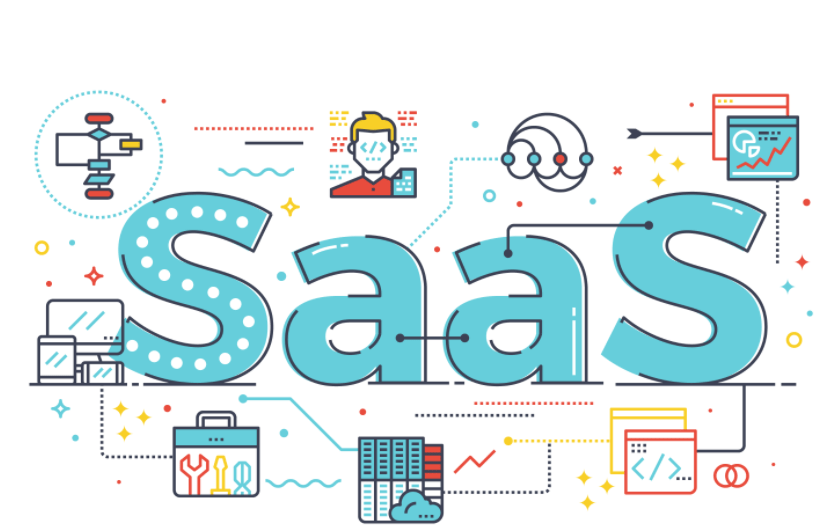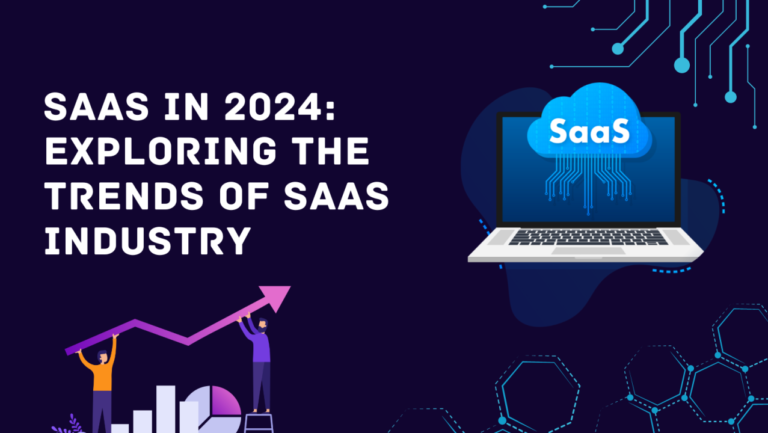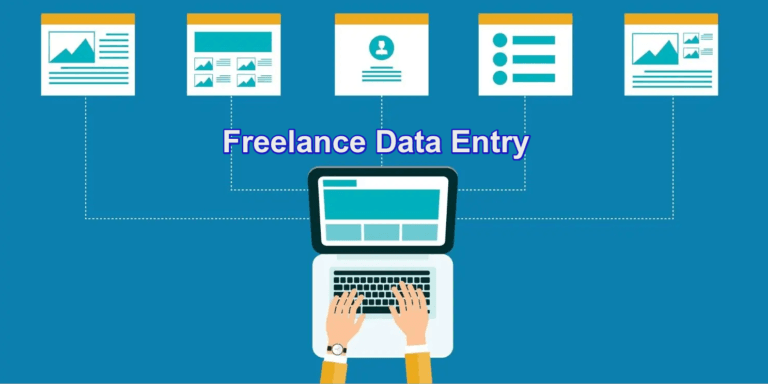Being a SaaS scalably successful firm is not for the timid. Research indicates that premature scaling accounts for 70% of business failures, including SaaS firms. Whether a company is venture capital-supported or bootstrapped, all SaaS businesses aim for steady development. Nevertheless, the “overnight success formula” is a lie, and there is no magic bullet for scaling a SaaS company.
Are you trying to find strategies to expand your SaaS company?
Thus, You will be disappointed if you start this adventure expecting to see benefits immediately. Making many mistakes along the road is inevitable while scaling, and it takes time and effort. However, you can ace it if you do it correctly and adhere to industry best practices!
Scaling your SaaS business: what does it mean?
It’s critical to comprehend what scaling means in the context of a SaaS company before delving into best practices. Increasing your company’s expansion potential without sacrificing output or client happiness is known as scaling. This entails growing your workforce and technology capacity, optimizing your workflow, and increasing your infrastructure to accommodate more users.

Making the correct choices to support a SaaS company’s development is essential to scaling it effectively and financially. There’s more to it than just expanding your marketing and sales teams. It’s a crucial stage that calls for developing a well-thought-out expansion strategy and setting aside funds to maintain current clients while drawing in new ones.
What’s Involved in SaaS Product Scaling?
Setting up the conditions to facilitate and promote a business’s development is known as scaling. Scaling a SaaS firm, then, is about expanding without facing obstacles. The SaaS scaling procedure typically consists of five essential steps:
- Software development
- Product design
- Marketing
- Putting Together a Team
- Onboarding
Let’s quickly review these procedures.
Software Development
Perhaps the most important aspect of expanding a SaaS product is software development. Before beginning the coding portion, consider the following:
- Who makes up my clients?
- What hurts them the most?
- Which issues will the product address?
The main focus of the software development phase is product scalability. Therefore, providing answers to these questions will help you get an important understanding of the goals of the product. Additionally, it will let you see clearly where you’re going and how to get there.
Product design
The software development stage comes before the design stage. This step is more intricate and consists of four primary parts:
- Research (knowing what the demands of the consumer are)
- Analyzing apps and websites (to enhance UX)
- Prototyping Implementation
Research is done to identify the needs and pain areas of the consumer before the design stage begins. Designers then use programs like Figma to create UI mockups.
Marketing
Increasing reach and ensuring smooth product uptake among consumers are the goals of the marketing stage. The customer network must be onboarded, nurtured, retained, and expanded.
In case your SaaS firm has recently been started, you should focus on two metrics:
- Lead flow
- Conversions
When done correctly, SaaS marketing guarantees a consistent supply of prospects that have the potential to become devoted clients. Since they are still building their brands and getting traction in the market, startups shouldn’t be concerned about the amount of the agreement at this point.
Putting Together a Team
Putting together a team is essential for any company hoping to grow. Product managers ought to be the first employees hired by SaaS companies.
A product manager envisions every feature your product should have. This expert transforms all the specified parameters into a working product. Recruiting designers, engineers, and QA analysts and a product manager to test the final product could be necessary.
Onboarding
Customer training is a crucial component of the SaaS expansion process. Without this phase, establishing a strong foundation of devoted clients would be challenging. Telling your brand’s narrative is essentially the focus of onboarding.
Your objective is to explain to clients what the product accomplishes and how it can assist in solving their difficulties at this point. The front page of your website is an excellent area to welcome new users.
Typical obstacles that impede SaaS expansion
It’s getting harder to stand out in the SaaS game as more companies enter the fray. The following four obstacles may prevent your company from growing as much as it could:
- Lack of product-market fit: The first barrier to future growth is not focusing on a segment of the market where your products are perceived as valuable enough to endure.
- Inadequate sales and marketing tactics: Even the greatest items may go undetected in the absence of competent sales and marketing initiatives. SaaS development may be impeded by inadequate use of digital platforms, a botched marketing plan, and low brand-building budgets.
- A sales funnel that is leaky and has a higher percentage of lost customers than acquired: Losing too many customers to churn hurts your business’s income and raises acquisition expenses.
- extended cycles for product development and engineering: Effective time management is essential for any SaaS company to succeed. SaaS companies may find it difficult to guarantee rapid time-to-market and product management, which makes them unable to compete in the market.
Strategies for expanding SaaS businesses that work
It’s time to grow your SaaS company when it passes the stepping stone phase. Now let’s talk about a few strategies that will enable you to grow your SaaS company profitably.
Create a solid customer acquisition strategy
To improve customer acquisition, follow a 3-step process:
- Create user personas to understand your ideal customers’ needs and expectations. This helps identify pain points, objectives, and buying patterns, making it easier to convert them.
- Create a customer journey map to understand the customer acquisition process. This map helps provide a personalized and proactive experience based on each touchpoint, increasing customer engagement.
- Identify the best channels for acquisition to break into new markets, justify acquisition costs, and drive sustainable growth. This involves identifying the channels where customers are more likely to be present and interact with your business.
Update Your Marketing Approaches
The obvious place to start if you want to grow your SaaS company is with marketing. When it comes to sales, concentrate on making the entire sales process better. Ideally, you should use twice as many outbound and inbound marketing strategies.

You should make more of an investment in these platforms if your advertisements on Google, Facebook, Instagram, YouTube, and other platforms have shown to be successful. In a similar vein, provide funds to outbound marketing initiatives such as trade exhibits, newspaper ads, TV commercials, etc.
Give your sales staff the resources and instruction they need
An effective tech stack is essential for process optimization and increased productivity.
Salespeople’ jobs may be made easier by CRM, demo, and outreach systems, which let them automate processes and monitor outcomes with ease.
Focus on Customer Satisfaction
Keeping your customers happy is essential to growing your SaaS business. Brands with low customer experience churn frequently have significant customer attrition rates. Esteban Kolsky claims that a high customer turnover is caused by 13% of dissatisfied customers telling 15 or more others about their negative experiences. A high churn rate is the last thing you want while expanding your SaaS business. This will undermine the goal of scaling and damage the reputation of the company.

If you can satisfy your consumers, they will recommend your business to others. According to studies, 72% of happy consumers tell their friends about their excellent experiences. This is a fantastic method to develop a devoted customer base and brand advocacy.
To raise client happiness, be sure to:
- Show that you care about the pleasure of your customers by providing high-quality goods.
- Create a personal yet productive rapport with your clients.
- Respond quickly to consumer questions.
- Engage in regular communication with your clients.
- Create a plan for the success of your customers.
Use SEO and content marketing to attract potential customers
Search engine optimization and content marketing provide you the chance to inform prospective buyers about the characteristics and advantages of your offerings. Additionally, it establishes your company as a thought leader in the SaaS sector, strengthening client ties and retention.

You may establish yourself as a thought leader in the SaaS sector with SEO and content marketing.
Finetune Your Pricing strategy
When expanding your SaaS business, pricing is crucial. Even with a fantastic product, it won’t sell if the price is too high. Additionally, if the price is too low, it can hurt your profits.

What is the sweet spot then?
Numerous variables, such as the market, your expenses, and the product’s perceived worth by customers, will determine the appropriate pricing for your offering. You might test out many price packages to see which one best suits your client’s needs. This is where A/B testing will be useful. Optimizing and pricing your product appropriately is the aim, not raising prices to expand your business.
Leverage Referral Programs
Since scaling a SaaS product is challenging enough, why not make the most of your current resources? Your clientele
Research indicates that the retention percentage of consumers obtained through referrals is 37% greater than that of customers acquired through other channels. Thus, recommendations are your greatest option if you want to grow your SaaS business and have a strong clientele.

However, how can you encourage your clients to recommend their friends and family?
via putting in place a referral scheme that pays them for each reference they make. Offer discounts, loyalty points, or cash incentives as incentives, and give them several ways to spread the word about your recommendation.
Enhance Your Groups
When growing your business, the talent you recruit is essential.
Employ individuals who are aware of your objectives and the product’s vision. You may make decisions about the product’s future development with the support of the right team.

Hire those who possess the necessary abilities and business acumen. The ideal team will strive to make your product better, provide concepts for further research and development, and see it through to production and maturity.
Offer self-service alternatives to reduce the demand for assistance from people
You should anticipate more clients as your SaaS firm grows, which will lead to more inquiries. By giving consumers access to self-support materials, you can help them resolve their problems quickly and simply.

Integrate the materials into an in-app resource area to expand your support offerings. Use a variety of forms, including FAQs, manuals, and video lessons.
In the end, this will improve client happiness and lessen the strain on your service representatives. Offer in-app help with Userpilot.
Employ the Multichannel Acquisition Technique
Although SEO is a great way to get consumers and organic traffic to your website, it’s not the only effective one.
Several marketing strategies must be used for SaaS scalability to be successful. Utilize the technique of multichannel acquisition.

Look for results-driven alternate means of acquisition rather than depending just on SEO. For example, you may wish to use sponsored advertising and influencer marketing to market your product. You may also experiment with cobranding, email marketing, internet marketing, content marketing, and direct selling.
Make Product Adoption Easy
Product onboarding is essential to your SaaS company’s success. Likely, customers won’t use your product or suggest it to their friends if they don’t know how to utilize it or don’t see how it will solve their problems.

Ensure that the adoption process is as simple as feasible at every stage. This covers every step, from purchasing the goods to subscribing. You should steer clear of complicated product adoption processes at all costs since they obstruct renewal and referrals.
Keep an eye on key indicators to gauge your SaaS expansion.
Regular tracking of your KPIs can help you make sure you are headed in the correct direction and that your efforts are being rewarded.
The amount of data available makes it difficult to identify which measures are most crucial to monitor.
Let’s look at a few that we selected based on our knowledge:
- Customer acquisition cost: This is the amount of money a SaaS company must pay to bring on a new client. Typically, this expense pays for the advertising campaigns and client acquisition initiatives.
- Customer churn rate: The proportion of customers that discontinued utilizing the product or service offered by your business during a specific period is known as the churn rate.
- Customer lifetime value: CLTV or CLV refers to the total amount of money a company makes from a single client throughout that client’s relationship.
- Rate of activation: The percentage of users that finish a certain task that a SaaS provider designates as a milestone is known as the activation rate.
- Recurring monthly income (MRR): This is the total monthly revenue you get from your clients.
- Rates of conversion: The number of freemium members who become paying customers is indicated by the conversion rate.
Strategic planning, ongoing innovation, and a customer-centric mindset are necessary for scaling a SaaS company. It is possible to set up your SaaS company for long-term success and development by adhering to the best practices described in this article and steering clear of typical difficulties. Remain flexible, give your clients priority, and make infrastructural and staff investments. By implementing effective techniques, your SaaS company may reach new heights and leave a lasting impression on the industry.








